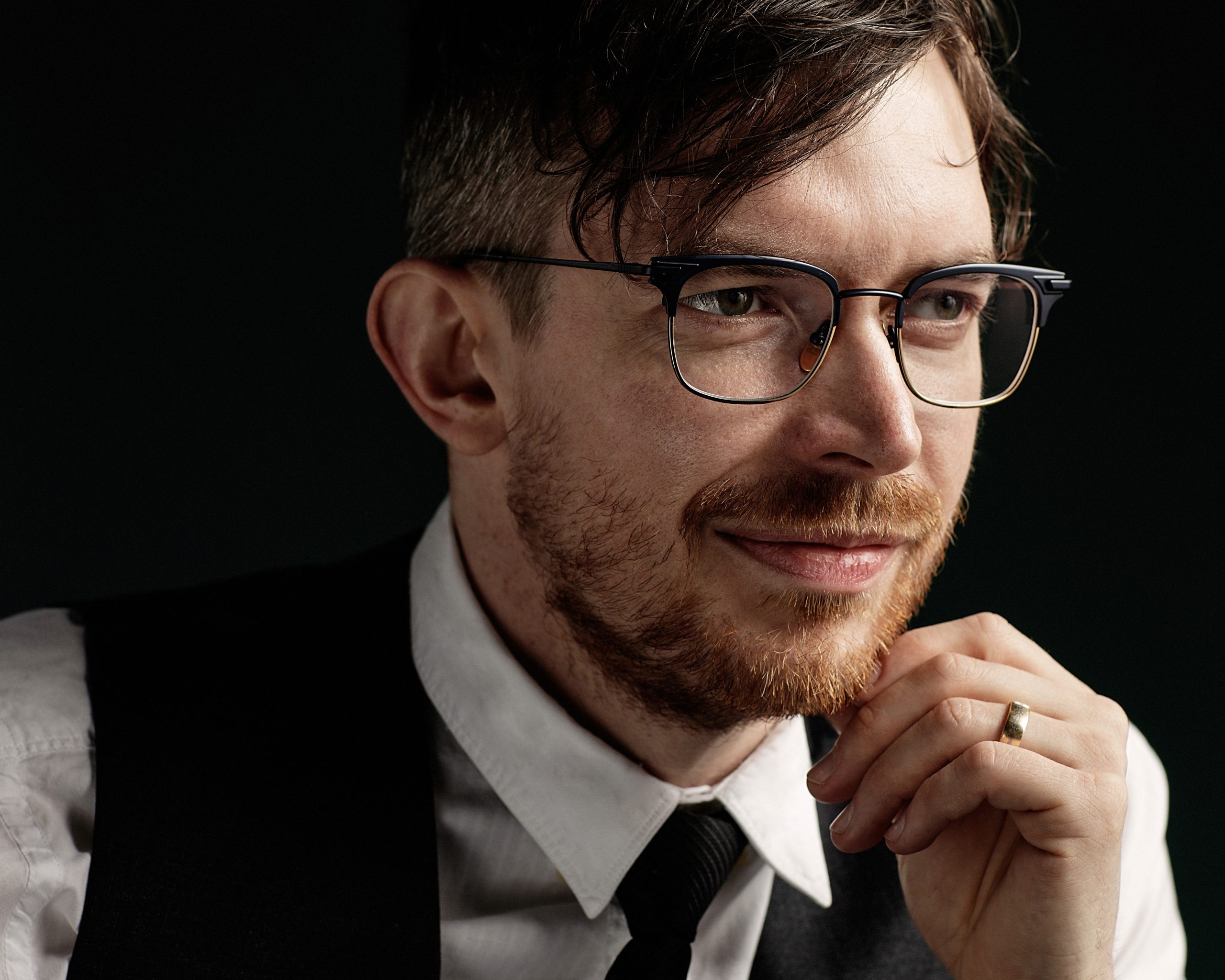Nigel O’Reilly and I meet for a pre-interview of sorts. It’s back in the good old days, the ones before social distancing. We are in The Westbury Hotel lounge, a spot hit hard by the current Covid-19 crisis. Travel, hospitality and luxury seem a particularly precarious mix right now. He arrives with a small unmarked box. The contents are colourful, creative and beyond anything you’ve ever seen before. O’Reilly is a jeweller who creates wearable art, optimising the sparkle and shine of coloured gems and white diamonds and is renowned for his fine pavé settings and high-polished 18k gold. The…
Cancel at any time. Are you already a member? Log in here.
Want to read the full story?
Unlock this article – and everything else on The Currency – with an annual membership and receive a free Samsonite Upscape suitcase, retailing at €235, delivered to your door.

